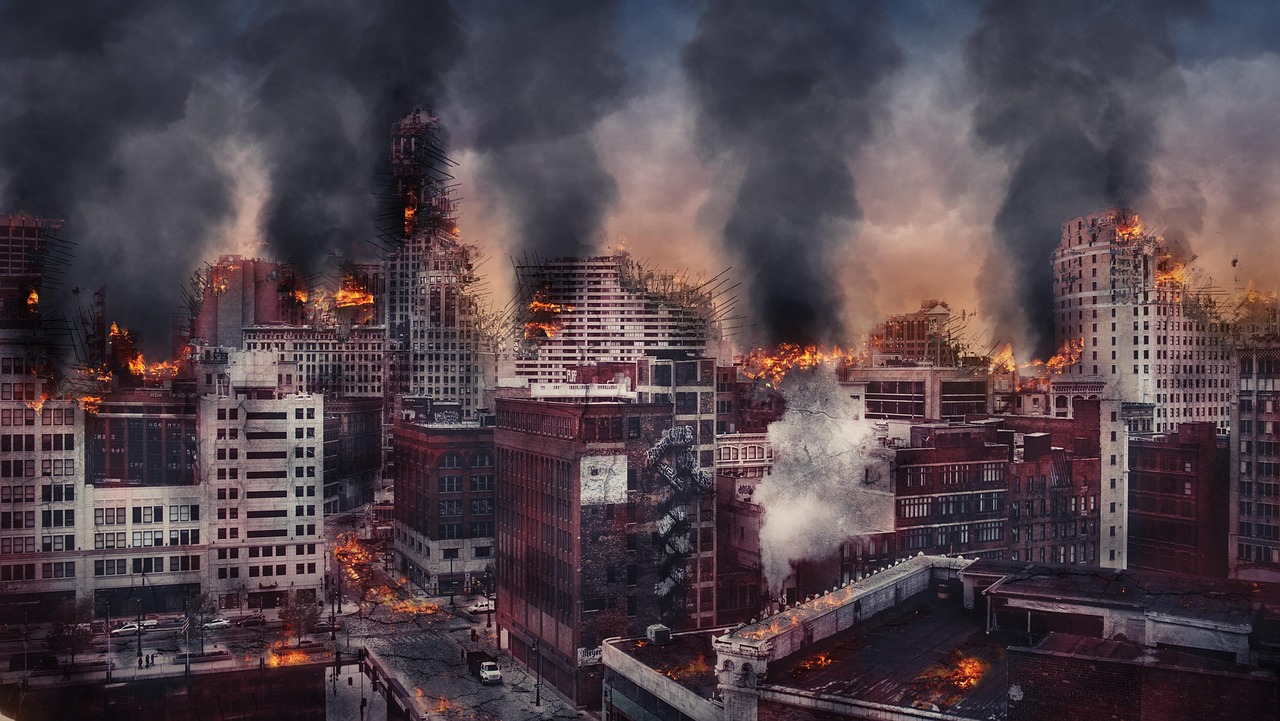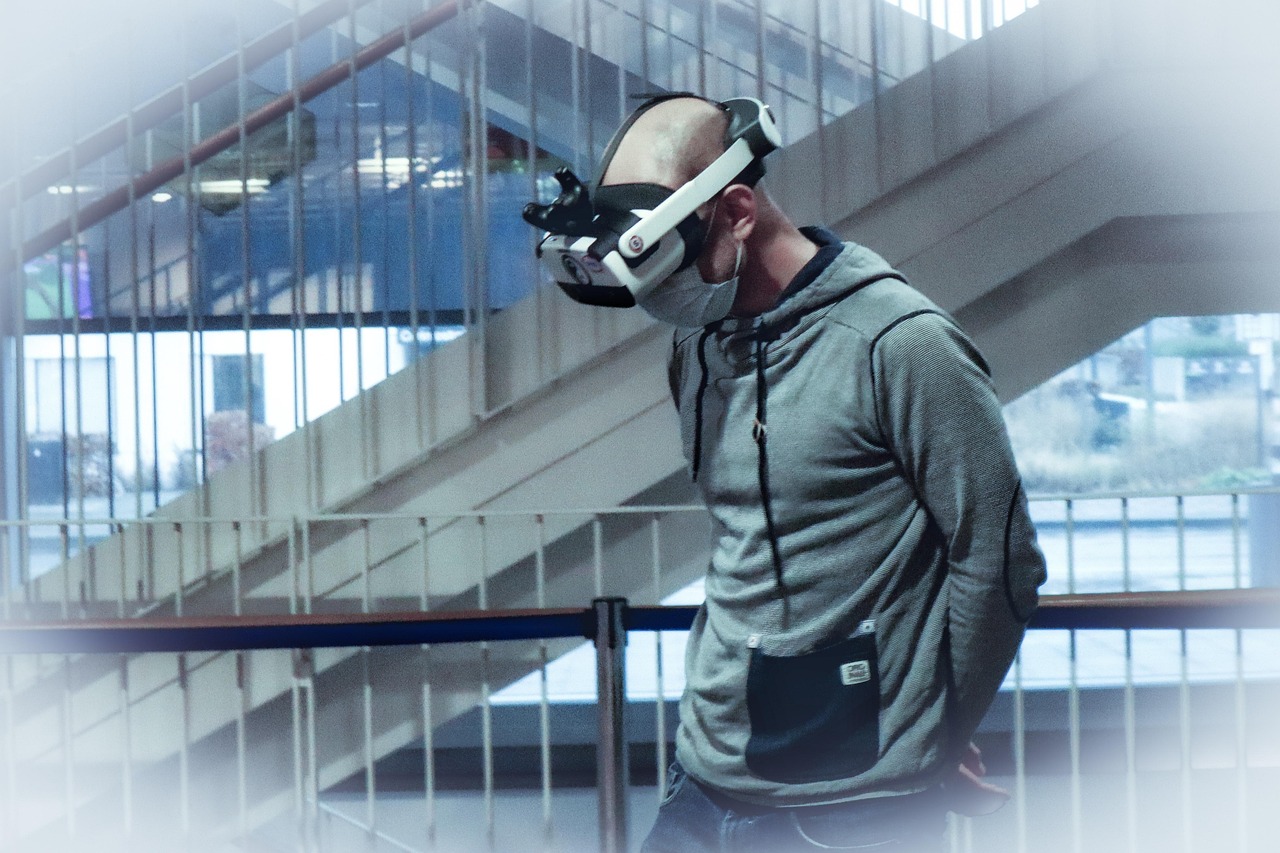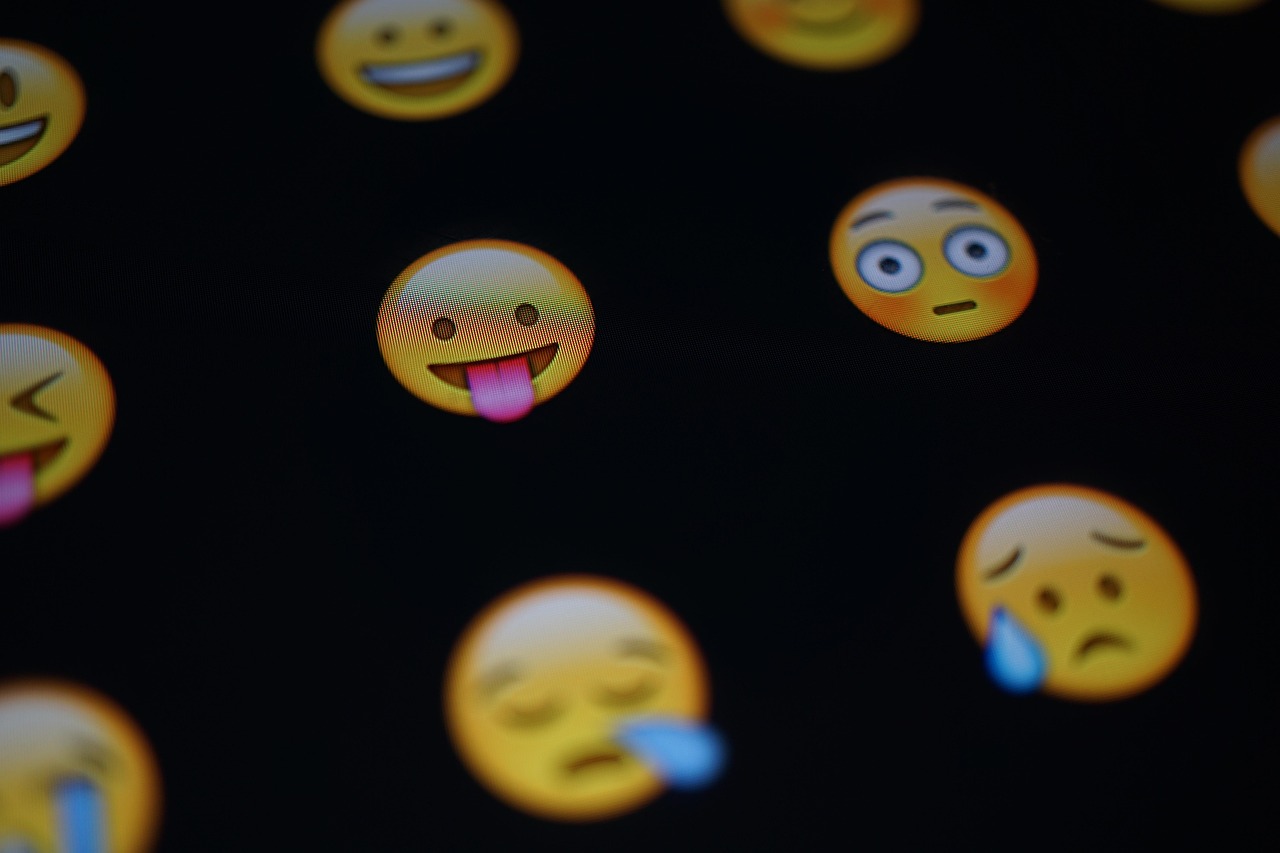"Cinematic Mirrors: Reflecting Society through Dystopian Films"
From the bleak, post-apocalyptic landscapes of "Mad Max" to the chillingly bureaucratic world of "Brazil," dystopian films have long been a medium through which filmmakers shed light on societal issues. As our reality increasingly intertwines with elements of these cautionary tales, it's worth examining how dystopian cinema has evolved and its impact on society.

A Dark Lens: The Origins of Dystopian Cinema
Dystopian cinema found its roots in the early 20th century, reflecting anxieties stemming from rapid industrialization, the threat of totalitarian regimes, and the fear of nuclear warfare. Classic films like Fritz Lang’s “Metropolis” (1927) and Charlie Chaplin’s “Modern Times” (1936) utilized dystopian settings to critique capitalism and industrialization. The genre continued to evolve as societal fears shifted, with films like “Dr. Strangelove” (1964) reflecting the nuclear paranoia of the Cold War era.
A Dystopian Renaissance: New Millennium, New Fears
The turn of the millennium saw a resurgence of dystopian films, mirroring the anxieties of a post-9/11 world grappling with issues like surveillance, terrorism, and the erosion of civil liberties. Films such as “V for Vendetta” (2005) and “Children of Men” (2006) used dystopian narratives to explore these concerns, presenting bleak futures that were uncomfortably close to our present reality.
The Hunger for Dystopia: The Rise of Young Adult Fiction
The 2010s saw the genre’s popularity skyrocket among younger audiences, with dystopian narratives becoming a staple of young adult fiction. Series like “The Hunger Games” and “Divergent” used dystopian settings to explore themes of rebellion, societal division, and the abuse of power. These films resonated with younger viewers, demonstrating the genre’s ability to adapt to the concerns of a new generation.
Reflections of Today: Dystopian Cinema in the Age of Pandemic
The COVID-19 pandemic has brought dystopian cinema back into the spotlight. Films like “Contagion” (2011) have seen a surge in popularity, reflecting our collective fears and anxieties. This has led filmmakers to explore dystopian narratives that deal with pandemics, isolation, and societal collapse, further cementing the genre’s relevance.
The Power of Dystopia: Impact and Reception
Dystopian cinema holds a mirror to society, reflecting our deepest fears and anxieties. By presenting worst-case scenarios, these films prompt viewers to question the status quo and consider the potential consequences of our actions. Despite the genre’s grim themes, dystopian films continue to resonate with audiences, demonstrating their enduring power and significance.
In conclusion, dystopian cinema continues to evolve and adapt, reflecting the changing societal landscape. As we grapple with new fears and anxieties, these films will continue to serve as cautionary tales, prompting us to question our reality and imagine possible futures.





